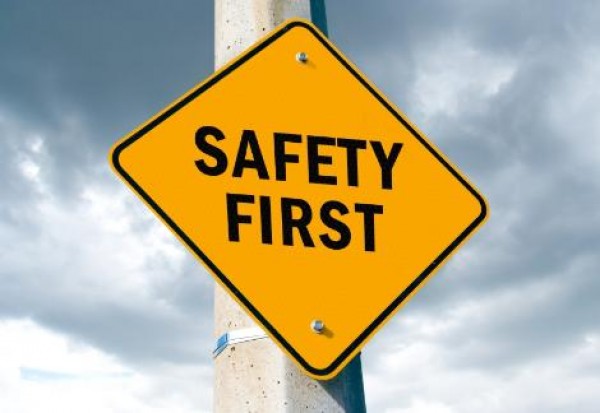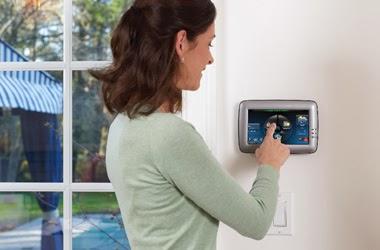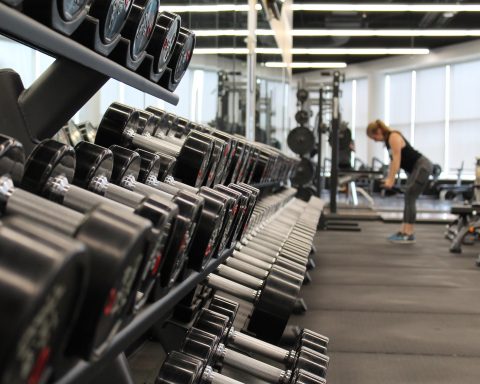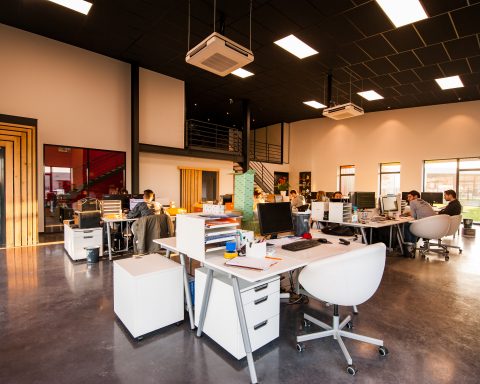Workplace safety is an important issue that should be taken seriously by employees. By federal law, employers are required to inform workers about standard safety practices.
Fire Escape
Mandatory fire drills provide workers with plenty of vital information about personal safety. Employees should be aware of fire exits inside a large building. Windows, stairways and exterior ladders provide escape routes when a building is set on flames. It’s also important to learn how to use a fire extinguisher that should be available on every level. Fire resistant blankets might also be available in some rooms that are prone to burning such as those without any firewalls.
Safety in Access Controlled Shelter
When there is a violent threat inside a building, workers should seek shelter behind doors that are regulated by access control systems such as digital keypads that require biometric scanning or key cards. During a lock down, employees should remain behind secure doors while also keeping any eye on windows that provide clear exterior views.
Elevator Use
Elevators in modern commercial buildings might malfunction due to power outages, deliberate tempering or other accidents. All workers should know how to handle the emergency control panel inside an elevator. It’s important to remain calm and never try to forcefully open up doors or hatches without the assistance of firefighters and other professional personnel.

Alarm Systems
Most contemporary facilities have digital alarm systems that feature intercoms that can be used to speak directly to dispatchers. Workers should have an easy time calling for emergency response service like 911 Industrial Response Inc. when a medical problem arises inside an office. With the touch of a button, direct lines of communications are established with local police, paramedic and firefighter departments. Intercom systems can also be set on speaker mode so that users can provide some basic emergency care to others while following instructions from dispatchers.
Safety Gear
Industrial and laboratory settings require workers to wear protective gear when entering certain facilities. Safety goggles, gloves, aprons and face masks might be required for anyone walking inside controlled environments. Even if safety gear is optional, workers should develop good habits in wearing anything that’s available including hard hats at construction or renovation sites. Sometimes, workers in chemical plants and healthcare facilities might have to wear hazmat body suits.
To be prepared for emergency situations, employees should establish good relations with onsite security staff. Additionally, all workers should know by name the in-house maintenance staff that can manage hardware and structural problems.










